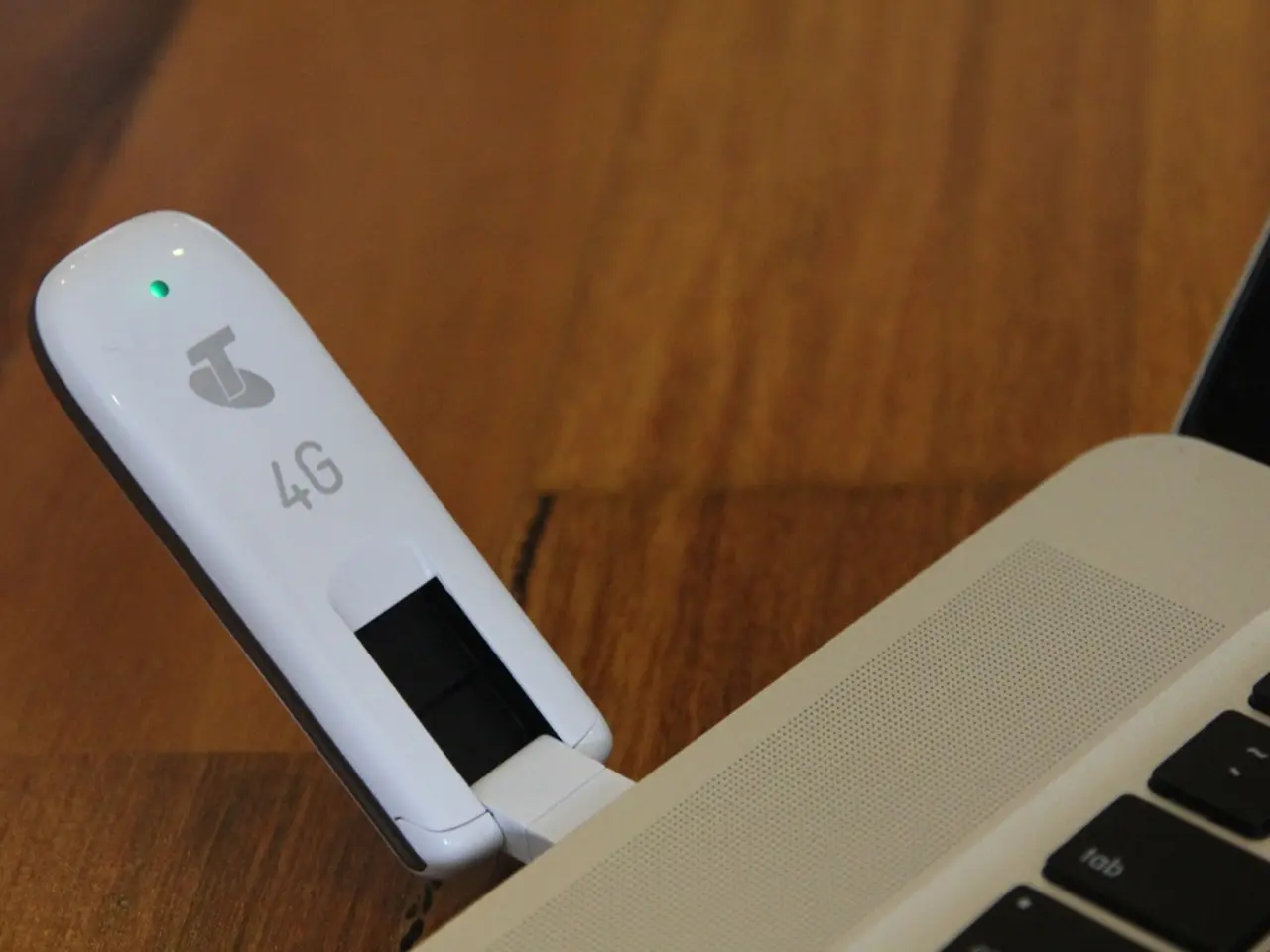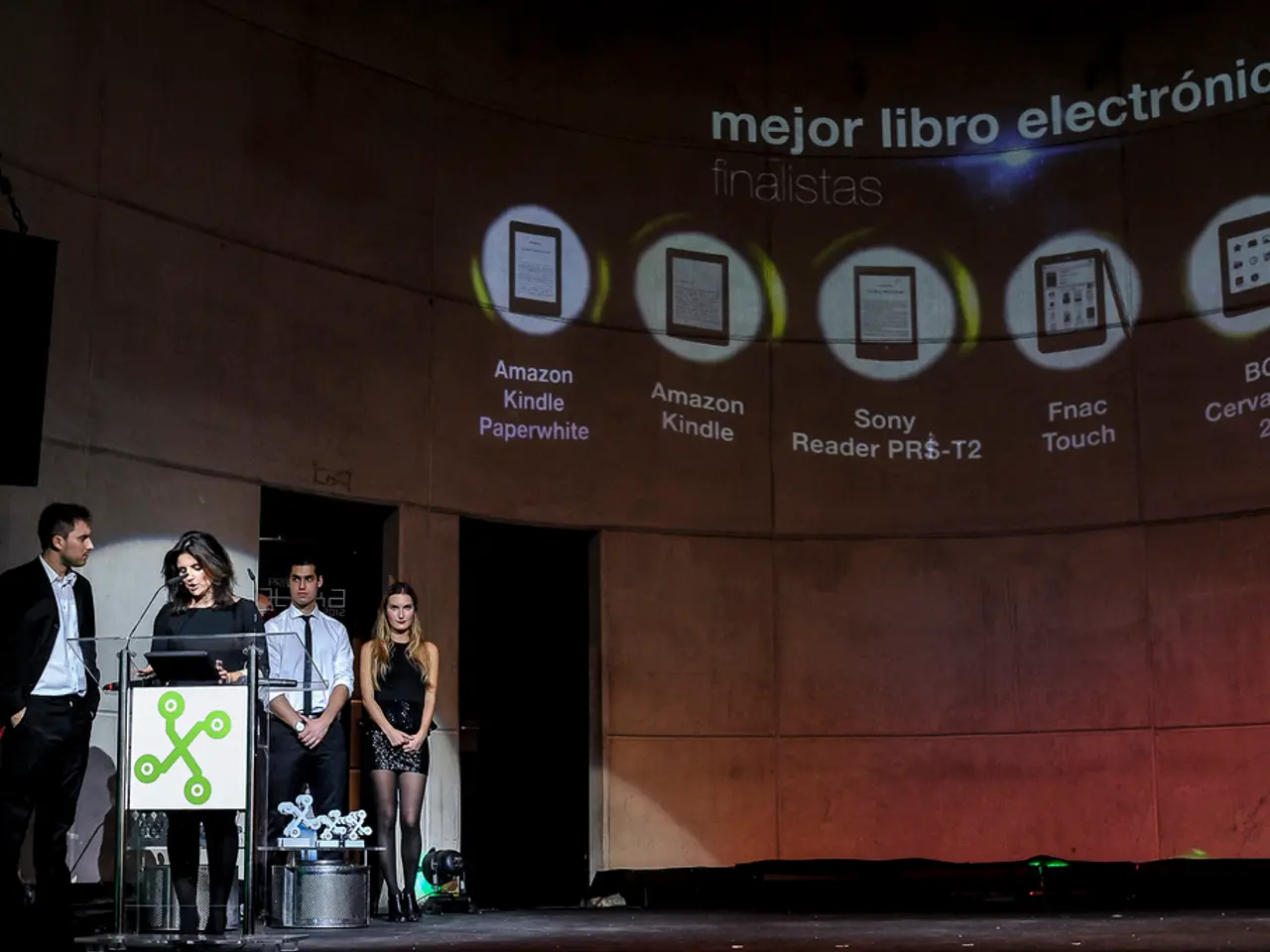Tether Plans Ambitious Expansion: Striving to Secure Top Position as Leading Bitcoin Miner in 2022
## Tether's Strategic Shift Towards Bitcoin Mining: A Commitment to Network Security and Decentralization
In a significant move, Tether, the issuer of the largest stablecoin, USDT, is aiming to become the world's largest Bitcoin miner by the end of 2025. This strategic shift is designed to bolster Bitcoin's network security and promote decentralization.
### Strengthening Network Security
By investing in mining operations, Tether aims to contribute to the decentralization of Bitcoin, making it more resistant to potential centralization risks. With its presence in mining, Tether can help distribute the mining power, making it harder for any single entity to control the network [1][4].
### Protecting Tether's Interests
Given its substantial Bitcoin reserves, Tether's mining operations serve as a protective measure for its treasury. Mining Bitcoin allows Tether to secure its BTC-backed reserves against market manipulation and centralization risks, ensuring the network's stability [1].
### Advancing Decentralization
Tether's mining operations span multiple global locations, which contributes to geographical decentralization. This reduces the concentration of mining power in specific regions, making the network more resilient to regional disruptions or regulatory challenges [1].
### Open-Sourcing the Bitcoin Mining OS (MOS)
In a bid to democratize access to mining, Tether plans to open-source its Mining Operating System (MOS) by Q4 2025. This move is intended to empower smaller miners and promote further decentralization:
1. **Empowering Smaller Miners**: By making the MOS open-source, Tether aims to give smaller players more opportunities to participate in the network, potentially reducing the dominance of larger mining operations [2].
2. **Hybrid Mining Models**: The open-source software could facilitate hybrid models where miners can switch between cryptocurrency and AI workloads. This versatility can help maximize infrastructure use and revenue streams for miners [2].
3. **Addressing Challenges**: While open-sourcing the MOS offers benefits like increased decentralization and innovation, it also presents challenges. These include reliance on community contributions for updates and security, as well as navigating complex regulatory environments. Tether must ensure robust cybersecurity measures to mitigate these risks [2].
Tether's strategic approach to Bitcoin mining is designed to enhance network security, protect its own interests, and promote decentralization. However, the success of this strategy will depend on effective community adoption and addressing regulatory challenges.
[1] https://www.coindesk.com/business/2022/03/24/tether-to-open-source-its-bitcoin-mining-os-to-help-new-miners-enter-the-market/ [2] https://www.coindesk.com/business/2022/03/24/tether-to-open-source-its-bitcoin-mining-os-to-help-new-miners-enter-the-market/ [3] https://www.coindesk.com/business/2022/03/24/tether-to-open-source-its-bitcoin-mining-os-to-help-new-miners-enter-the-market/ [4] https://www.coindesk.com/business/2022/03/24/tether-to-open-source-its-bitcoin-mining-os-to-help-new-miners-enter-the-market/
- Tether's mining operations, aimed at Bitcoin production, also serve as a means to safeguard their substantial Bitcoin reserves, providing a protective measure against market manipulation and centralization risks.
- Recognizing the potential advantages of crypto mining, Tether plans to extend its mining activities into the realm of technology, opening-sourcing their Mining Operating System (MOS) by the end of 2025 to empower smaller players and promote a more decentralized network.
- As Tether embarks on its comprehensive approach to Bitcoin mining, it envisions a future where this technology is not only integral to finance and business but also bolsters the security and decentralization of the cryptocurrency network, ultimately benefiting the entire digital economy.




